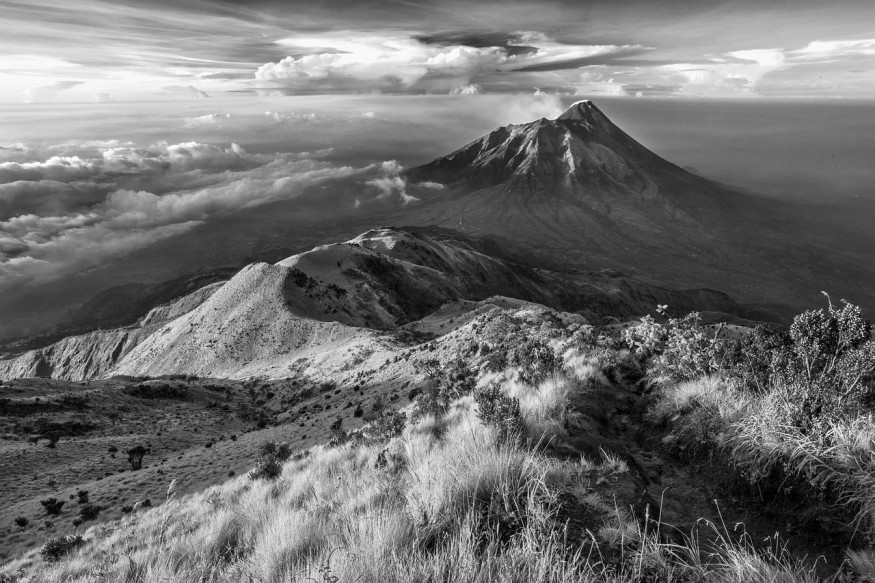One of the riskiest volcanoes in California has been exhibiting extreme activity in recent decades.

Risky California Volcanoes
The volcano has been going through seismic activity and geological changes. These are sometimes considered eruption precursors.
The good thing, however, is that there is no expected supervolcanic eruption. This is according to researchers from Caltech who have been looking into California's Long Valley Caldera.
Back in 2018, the US Geological Survey classified that caldera as one of the three volcanoes that are considered "very high threat," which is the agency's highest risk category.
California's two other volcanoes that are similarly classified are Siskiyou County's Mt. Shasta and the Lassen Volcanic Center. The latter covers Shasta County's Lassen Peak.
This assessment of threats does not cover a list of volcanoes that have a high likelihood of erupting, nor does it cover a volcanic activity ranking. Instead, the risk assessment covers a mix of the potential threat of the volcano as well as the quantity of properties and people that are exposed to it.
ALSO READ : Tonga Volcanic Eruption Obliterated an Island Near It, Along With Life Forms Never Seen Before
Looming Eruption?
The Long Valley Caldera has been a long-standing subject of scientific scrutiny as it has been seen to have more earthquakes and ground fluctuations since 40 years ago. In May 1980, it is notable that there were four earthquakes with a magnitude of 6 in the area of the Long Valley.
In general, ground shape changes and increased earthquakes are commonly observed before volcanic eruptions take place. However, these do not conclusively indicate that an eruption will take place.
While it has been long-thought by researchers that the risk of the Long Valley Caldera experiencing a supervolcanic eruption is remarkably low due to the evident cooling of the magma below, scientists are still posed with a vital question regarding the meaning of the ground deformation and heightened seismic activity.
According to USGC research geophysicist Emily Montgomery-Brown, who did not participate in the Caltech study, there were two main questions that the scientists wanted to answer. Firstly, was the magma in connected segments below enough to mix and facilitate an eruption? Secondly, was there another explanation that is more reassuring, considering the crystallization and solidification of the cooking magma, and were other fluids that were non-magma reaching the surface and bolstering earthquakes?
According to the Caltech scientists, it is likely that the latter explanation could be the case. This is grounded on underground images recreated through a couple of dozen seismometers, a machine-learning algorithm, and earthquake measurements.
Some scientists think that the volcano in Long Valley Caldera is essentially dead or moribund. In this case, the heightened seismic activity could be due to non-magma fluids. These fluids may still be hot and channeling towards the surface as the solidification and cooling down of the magma takes place.
Nevertheless, it is still essential to consider the possibility of a magmatic eruption, according to Montgomery-Brown. Though the magma is crystallizing and cooling, and the Long Valley Caldera is old, there are remarkably young lava flows. It is also vital to note that the region is significantly risky and is capable of causing solid swarms of earthquakes.
Check out more news and information on Environment & Climate in Science Times.
© 2025 ScienceTimes.com All rights reserved. Do not reproduce without permission. The window to the world of Science Times.












